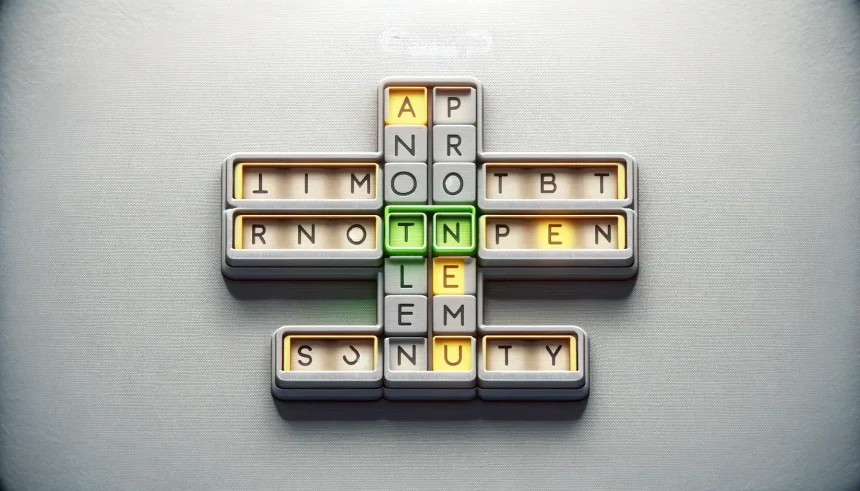Daily puzzles like Wordle have become an integral routine for many users looking for a quick mental challenge that is both engaging and rewarding. On May 30, puzzle number 1441 tasked players with deciphering a five-letter word, continuing the emphasis on critical thinking and vocabulary assessment. Many players find it beneficial to review prior answers or utilize hint systems to boost their problem-solving approach, especially when double letters or less common word forms appear. Today’s puzzle rewarded persistence and tactical guessing for those paying close attention, and its solution reflects the ongoing appeal of linguistic puzzles within digital communities.
Earlier reports about Wordle’s gameplay strategies and answer trends have often highlighted the significance of varied guessing approaches and awareness of previously used words. Major updates since The New York Times acquired the game have mainly focused on user experience and puzzle diversity, mirroring ongoing discussions about preserving challenge balance without introducing unnecessary complexity. Unlike new puzzle types or extensive rule changes predicted by some analysts, the core mechanics have largely stayed consistent, emphasizing continuity over novelty.
What Clues Did Players Use to Solve the Latest Puzzle?
The hint for May 30 pointed players toward a linguistic term defined as a group of words gaining a non-literal meaning when combined, similar to the phrase “break a leg.” Additionally, the day’s puzzle included a double letter, further refining the possibilities and making established guessing techniques like distinct consonant-vowel patterns especially useful. As suggested in the guidance, beginning with words containing a variety of unique letters can lead to quicker deduction of the secret word.
Which Word Completed the Puzzle on May 30?
The answer for May 30’s Wordle was IDIOM. This word not only fit the hint provided but also incorporated the double “I” that the puzzle hinted at. Players who focused on these details were more likely to reach the solution efficiently. Reviewing previous answers, such as “QUASH,” “POLAR,” and “SPORT,” also helped manage guess strategies, as answers are not typically repeated.
How Do Tips Influence Everyday Wordle Performance?
Players continue to benefit from advice emphasizing the use of opening words with differing consonants and vowels, tactical second guesses, and mindfulness of repeated letters. Not being constrained by a timer allows participants to return to their puzzle later, potentially identifying new connections after a pause. As one enthusiast put it,
“Treating the game like a casual newspaper crossword can be a good tactic; that way, you can come back to it later if you’re coming up blank.”
This flexibility supports an accessible learning curve and encourages daily engagement.
Wordle’s straightforward design, offering six attempts at a five-letter solution, maintains its appeal by balancing routine strategy with the unpredictability of each day’s answer. While the game’s acquisition by The New York Times introduced subtle interface improvements, the fundamental approach remains familiar: systematic use of feedback (color-coded boxes indicating letter accuracy) and strategic elimination helps players narrow choices. Reviewing past solutions and best practices continues to be central to improving at the game, reinforcing its role as a daily digital ritual for global users.
Consistent elements such as the six-guess format, five-letter goal, and reward structure reinforce Wordle’s reliability and community appeal. Tips about letter distribution and the value of reassessing guesses are particularly relevant when the solution involves repeated letters, as with “IDIOM.” For learners and enthusiasts, tracking daily answers, using informed guess strategies, and integrated breaks not only enhance Wordle scores but also build broader linguistic agility. Staying aware of these techniques can make daily play both efficient and enjoyable, regardless of changing word lists or subtle gameplay adjustments.
- Wordle’s May 30 answer was ‘IDIOM’, featuring a double letter.
- Daily hints and prior solutions aid in sharpening strategy.
- Balanced tactics improve puzzle performance and user enjoyment.










